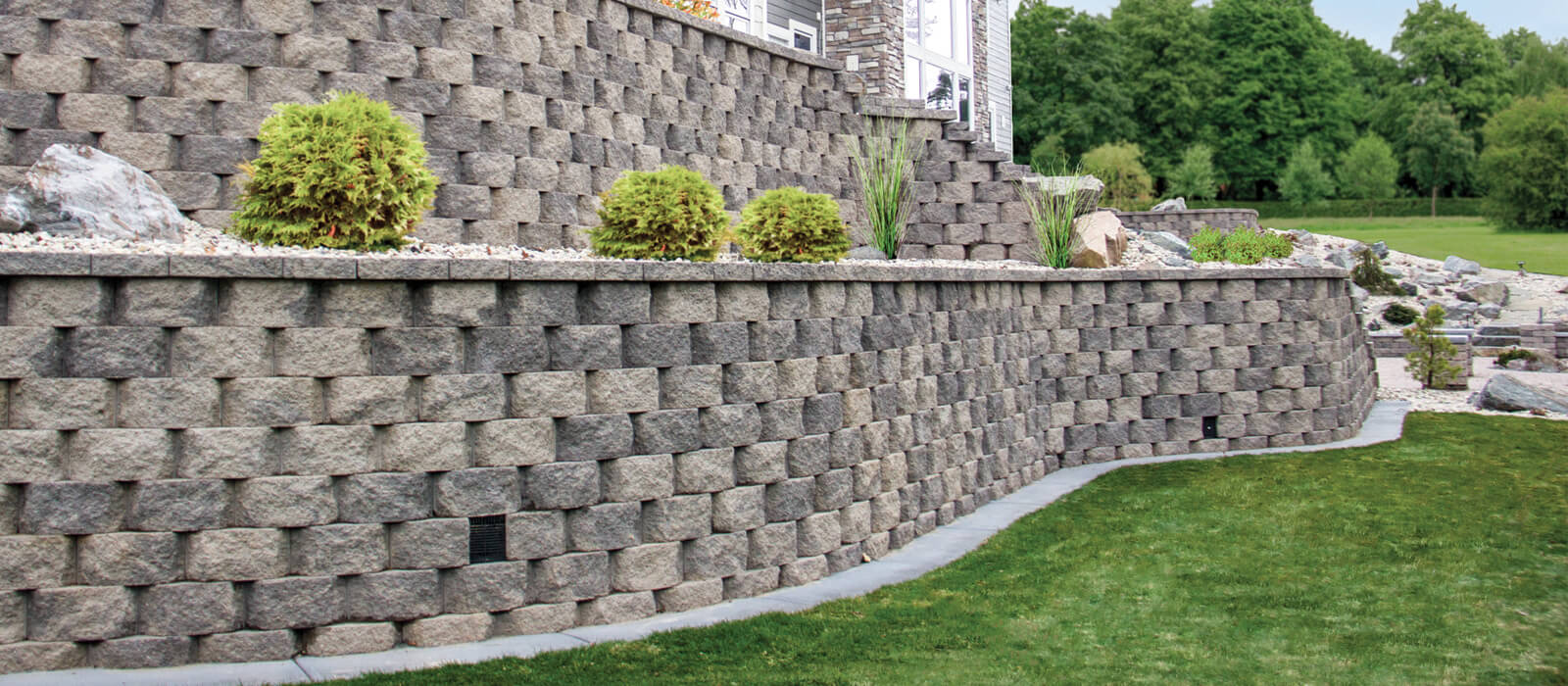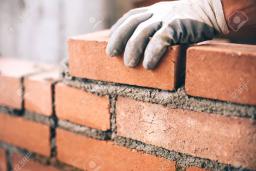The Ultimate Guide to Retaining Walls: Design, Benefits & Construction

Introduction
Retaining walls are essential structures designed to hold back soil, prevent erosion, and create usable land on sloped properties. Whether for residential gardens, commercial landscapes, or infrastructure projects, a well-built retaining wall enhances functionality and aesthetics while protecting your property.
At Majuta Holdings, we specialize in custom-designed retaining walls that combine engineering precision with durable construction. In this guide, we’ll explore:
✔ Types of retaining walls
✔ Key benefits of installation
✔ Materials & design considerations
✔ Why professional construction matters
Types of Retaining Walls
1. Gravity Retaining Walls
- How they work: Use their own weight to resist soil pressure.
- Best for: Shorter walls (up to 3-4 feet).
- Materials: Concrete blocks, natural stone, or brick.
2. Cantilever Retaining Walls
- How they work: Reinforced with steel and a concrete base for extra strength.
- Best for: Medium-height walls (4-10 feet).
- Materials: Poured concrete or precast panels.
3. Sheet Pile Retaining Walls
- How they work: Thin, vertical sheets driven deep into soft soil.
- Best for: Tight spaces and loose soil (common in coastal areas).
- Materials: Steel, vinyl, or wood planks.
4. Anchored Retaining Walls
- How they work: Use cables or rods anchored into the soil for maximum stability.
- Best for: Tall walls (over 10 feet) or high-pressure loads.
5. Gabion Retaining Walls
- How they work: Wire cages filled with rocks for a natural, permeable design.
- Best for: Eco-friendly projects and decorative landscaping.
Benefits of Retaining Walls
Prevent Soil Erosion – Stop landslides and protect your property.
Create Usable Space – Turn slopes into flat areas for gardens, patios, or driveways.
Improve Drainage – Properly built walls include drainage systems to prevent water buildup.
Enhance Curb Appeal – Choose from modern concrete, rustic stone, or sleek timber finishes.
Increase Property Value – A well-constructed wall adds functionality and visual appeal.
Key Considerations Before Building
1. Soil Type & Slope
- Soft or sandy soil may need deeper foundations.
- Steeper slopes require stronger reinforcement.
2. Drainage Solutions
- Weep holes, gravel backfill, or French drains prevent water pressure damage.
3. Local Regulations
- Some areas require permits for walls over a certain height.
4. Material Choice
- Concrete: Strong & modern.
- Natural Stone: Aesthetic & durable.
- Timber: Affordable but less long-lasting.

